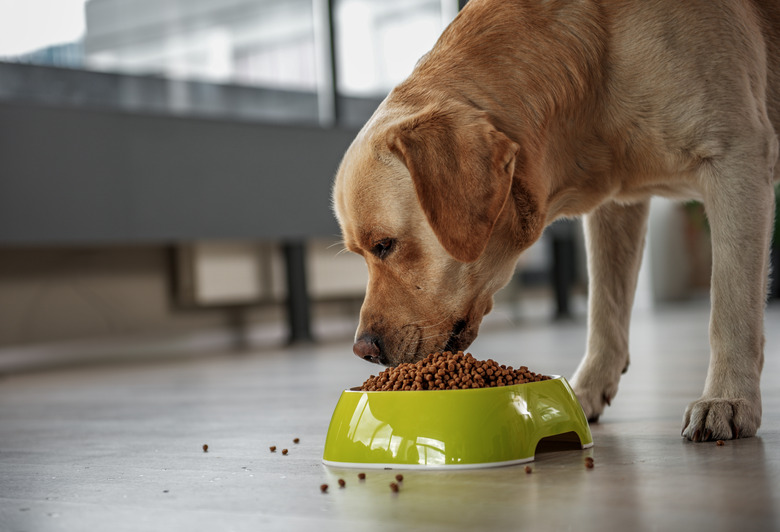Ph Levels In Dogs
Urinalysis in dogs can tell veterinarians a lot about the dog's health. The kidneys remove waste products from the body into the urine, so examining the urine can give clues as to what is going on inside the dog's body. Many tests may be performed on the urine at a veterinary visit, one of which is the urine's pH level. Either too low or too high pH in dog urine can signal problems.
Knowing what low or high pH in dog urine means
Knowing what low or high pH in dog urine means
The pH of urine reveals whether the urine is more acidic or more alkaline than it should normally be. While dogs' urine typically leans more on the acidic side, pH can change due to a dog's diet, medication, or disease. The ideal urine pH for dogs depends upon many factors, but a neutral pH is 7.0. Most meat-eating animals have a slightly acidic pH, so a urine pH of 6.0 to 6.9 may be normal for some dogs.
When a dog's urine pH goes above 7.0, it is alkaline, and a clue that something may be amiss, particularly if the dog is exhibiting unusual behaviors. For example, urinating in small amounts frequently could be a sign of an infection, or it could be chronic bladder inflammation and not an infection causing the dog to urinate frequently. However, since the urine pH is high, the dog most likely has a bladder infection.
Urine pH changes, however, depending on daily circumstances. For example, it's common to have different pH levels when the urine is stored in the bladder and when it is excreted, and a different pH after eating. Also, the pH of fresh urine is much more accurate than urine that has been sitting, where it can become more alkaline. That's one reason it's not recommended for owners to bring their dog's urine specimen to the vet, but instead, to have the sample taken at the vet's office. Another reason is that veterinarian staff are able to collect a clean, sterile sample, which is nearly impossible to do at home.
Testing urine pH at home
Testing urine pH at home
Dog urine pH test strips are available, so theoretically you can test your dog's urine at home. Be aware, though, that this is not always a terribly accurate method, for several reasons. One is that pH levels do change throughout the day and as circumstances change, such as eating or taking medication. So if you test your dog's urine throughout the day, you can expect to get many different readings. Also, you'll need to collect a mid-stream "free flow" urine sample, which means catching your dog while urinating, ignoring the first part of the urine stream because it could be contaminated from bacteria on the body, and hoping there is enough urine flow to get a specimen.
If you have concerns about your dog's health, making an appointment with your vet is critical. If the vet asks you to test the dog's urine at home, the test strips are available over the counter and, with luck, you may be able to use them and keep track of the readings. But home testing should never take the place of having your dog evaluated by your veterinarian and the proper tests done in the office.
Treating dogs to change urine pH
Treating dogs to change urine pH
It isn't enough to determine the dog's urine pH to make a diagnosis; it's important to consider other factors. For example, high urine pH is one sign of a bladder infection, but it could be something else instead. Dogs with consistently high urine pH seem to be prone to bladder infections, but it's also possible that bladder infections cause the high pH. Dogs with low urine pH, which means it is acidic, are prone to oxalate crystals and kidney stones. Crystals are minerals that bond together and, if they get large enough, can block urine passage.
Dogs with alkaline urine are prone to getting struvite crystals. They can be treated by giving them dog food that helps acidify the urine and dissolve the crystals. If you choose to give homemade dog food to lower urine pH, your veterinarian can suggest a diet to follow or what kinds of foods to include.
Dogs with urine pH that is too acidic tend to get oxalate crystals, and these are not as easy to treat with diet modifications. If the dog does have an infection, giving antibiotics right away is important, preferably before crystals form, and before repeated infections cause scar tissue. Once the infection is gone, your veterinarian can determine how to build up the immune system so the dog's body can better fight off infections.
Always check with your veterinarian before changing your pet's diet, medication, or physical activity routines. This information is not a substitute for a vet's opinion.


